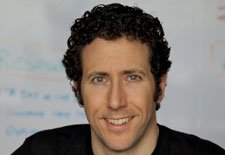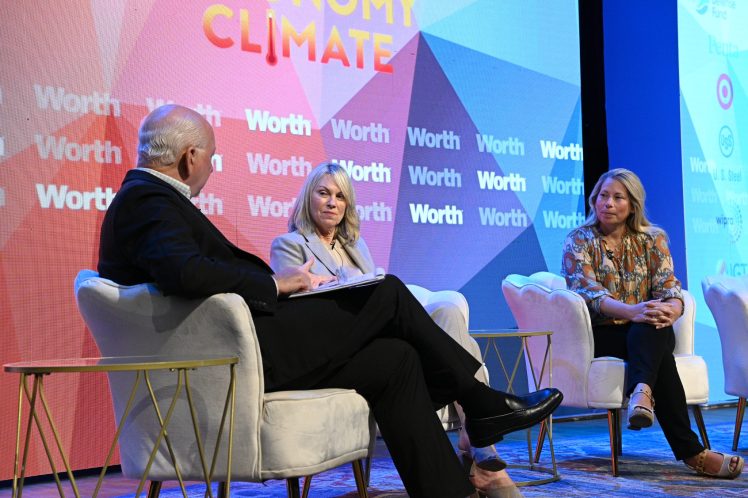
Business is struggling to keep up with employees and consumers empowered by social media to broadcast their desires and discontents with unprecedented speed. Where will the current wave of social media-based enterprise collaboration tools take us? How are organizations and executives adapting and evolving? Read excerpts from the conversation below.
DEBOW: The model embedded in business software today is not an accurate model of what a company is. The social graph is a powerful tool that replaces the org chart, which has been the dominant metaphor for how people at companies think about what they’re doing.
COLLINS: At the top of the corporate pyramid are the bureaucrats, the politicians, the people who have risen in the organization. But that’s not really the way work gets done. People are self-organizing, whether they’re Bank of America customers or citizens in Egypt.
HOPKINS: We want to securely allow group work on projects so employees can dialogue freely about investment banking deals. Citi Ideas, for example, is a collaboration platform where people can comment and vote. We have incredibly skilled people with deep knowledge, and being able to find them on a particular topic is a huge value for us.
DEBOW: Bringing in social software says something powerful about what kind of company you want to be. But if you take a crappy company where people don’t share and help each other, it’s not going to work. And some will resist, because it’s directly attacking their power, which is dependent on controlling information and owning command-and-control. But those companies will die.
COLLINS: Are you willing to value the person who has the most connections in your enterprise social graph and helps on the most deals? It’s a huge opportunity for companies to destabilize what has been a very painful power structure. Reputation is also important to people. If I have great ideas, I want to be acknowledged for that.
DEBOW: The values of the Web are coming into companies, and the Web is not a neutral thing. It values transparency, openness, and non-hierarchy. It values people who contribute. A successful company will say, “I want to reward the most productive people, and I don’t care how good they are at playing politics.”
COLLINS: The most effective salespeople are the most networked, but it’s not just about measuring that correlation; you have to figure out how to reproduce it. So you’re going to see people design networks in very interesting ways.
HOPKINS: A lot of people are saying, “Finally somebody’s listening and recognizing that I can contribute in ways that weren’t being utilized before.” We’re continuing to figure out how to do this most effectively.
COLLINS: If you’re a CEO and have not gone to Glassdoor.com to see an anonymous conversation about your company, then you’re fundamentally lost. Would you rather have that conversation out there, or in your organization? You have to be vulnerable enough to say, “We have a business plan, but I don’t have every answer.” Invariably, there are more smart people outside your management team than inside it.
DEBOW: A lot of corporations have façades. People are trying to chip away at that, just like they’re trying to chip away at brands and say, “Thank you very much for this baloney press release answer, Netflix. I’m going right after you.” It’s a change in mindset that’s scary for managers.
HOPKINS: For the last 100 years, large corporations have succeeded by giving the appearance of perfect execution. Now our work is to fail fast, prototype, and speed up what we deliver.
COLLINS: The tip that I always give CEOs is, “End the distribution lists.” People hate distribution lists. Just throw those away, implement them as groups, centralize the conversations, and let people follow what’s actually important to them. Feeds are how people will consume information. Will feeds be relevant to what you’re working on at different points in the day? It’s chapter one right now on what these social networks and feeds will look like.
DEBOW: The conversation is becoming bi-directional, happening across boundaries and at all levels of the hierarchy. Social media is the biggest change in companies since the telephone.







